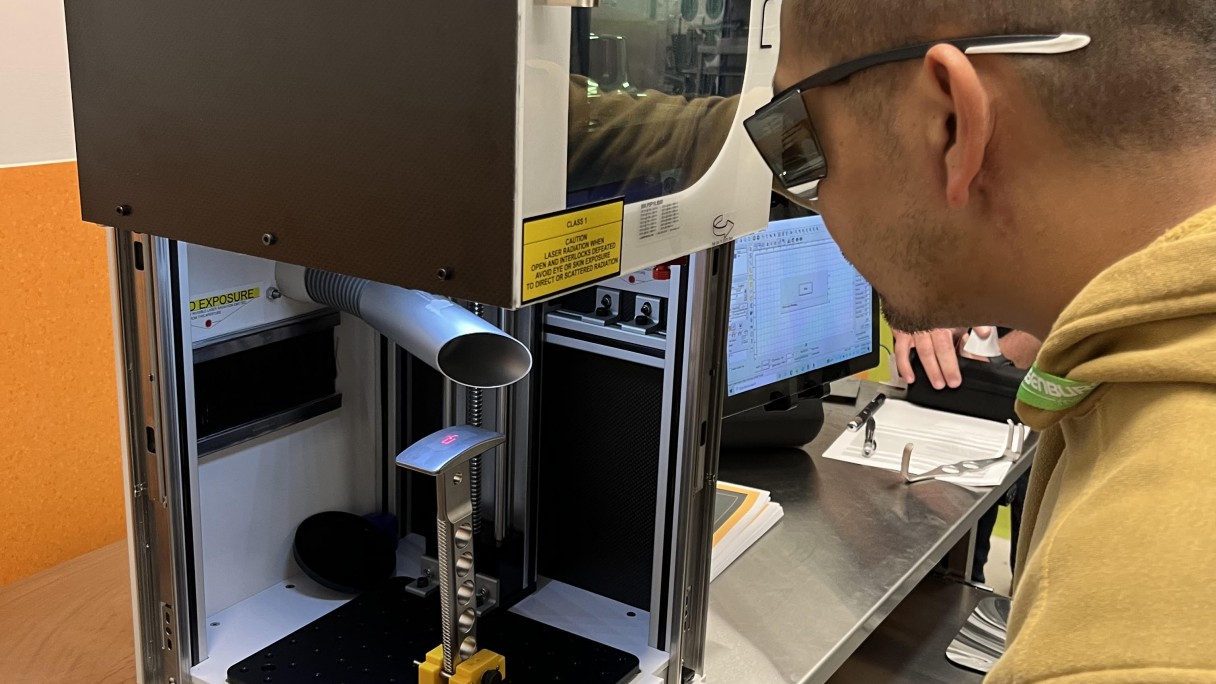

crabs adopting plastic as their shells, or the refuse accumulating in landfills and waterways. While unattractive and undoubtedly harmful to the environment and wildlife, there exists an even lesser-known plastic menace that could be more pernicious. Since plastic is never entirely eliminated and merely degrades into tinier fragments, these tiny pieces disperse globally. Minute bits referred to as microplastics have been detected in high altitudes and the ocean’s depths. Even tinier pieces, termed nanoplastics, have recently been discovered within the human body.
A significant reason why nanoplastics raise alarm regarding human health is due to their near invisibility. They are finer than human hair, and the extent of their presence within humans and their effects on our health is not fully comprehend. Nevertheless, a cohort of researchers from Germany and Australia has formulated a method for detecting nanoplastics. This innovation could transform our approach to studying and discerning the effects of nanoplastics on our health.
And this discovery couldn’t have been more timely, considering the unending plastic waste crisis. According to OECD reports, global plastic production surged from 258 million tons in 2000 to 507 million tons by 2019. This figure is anticipated to triple, reaching 1,356 million tons by 2060. Therefore, this innovative research tool is more crucial than ever for comprehending the plastic threat.